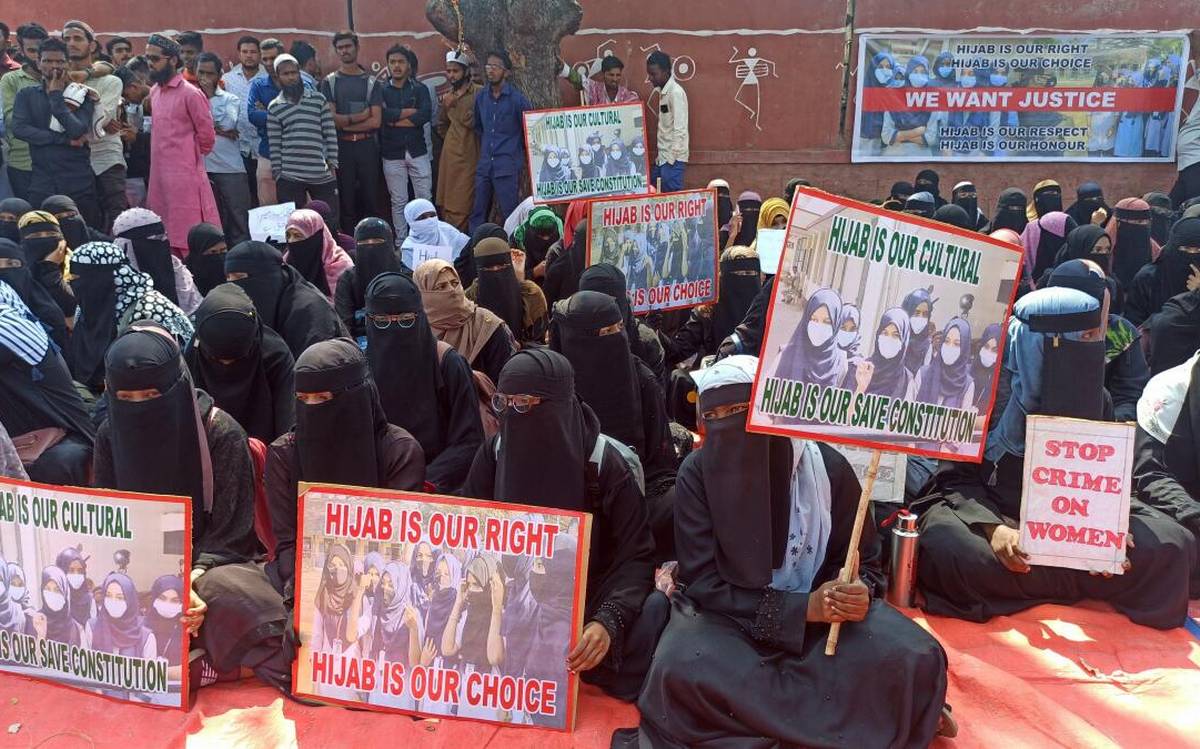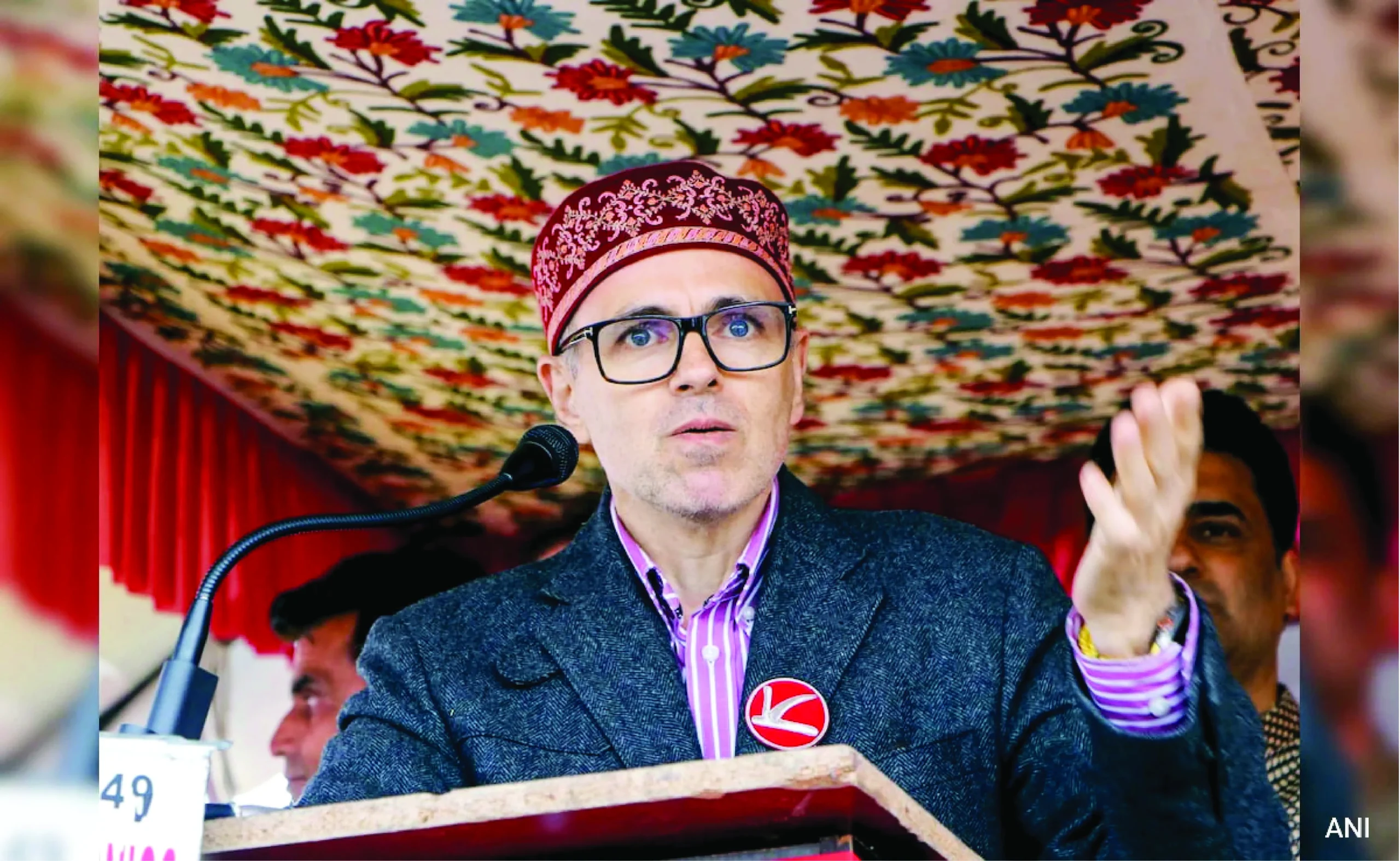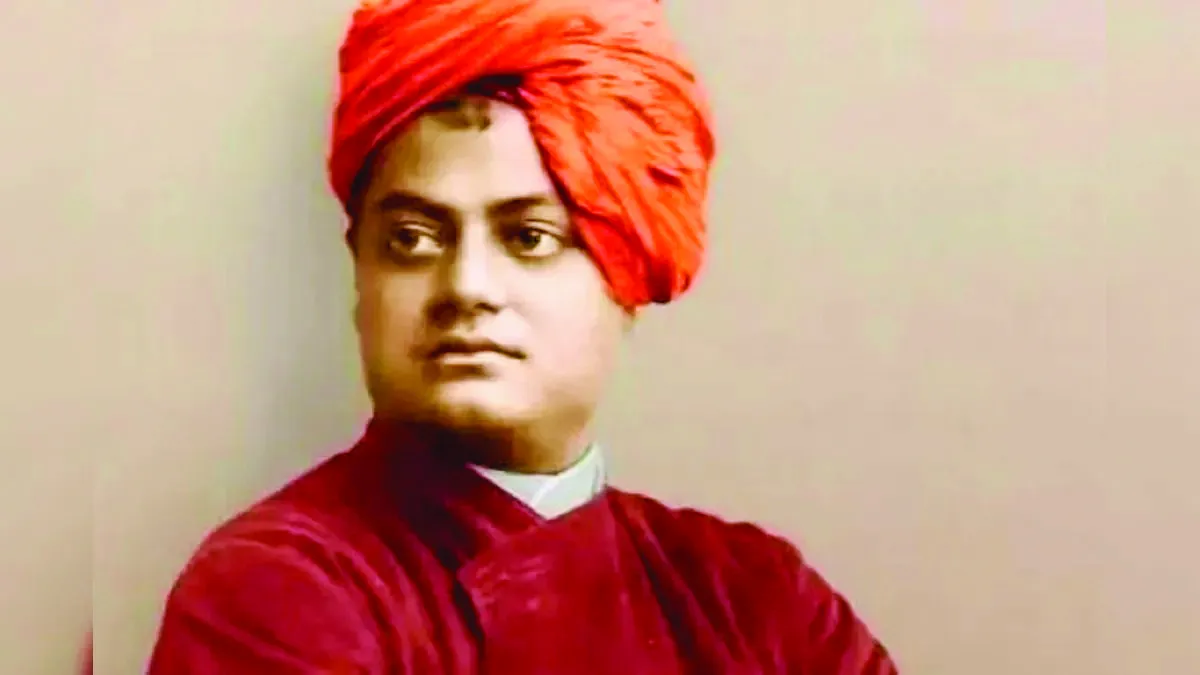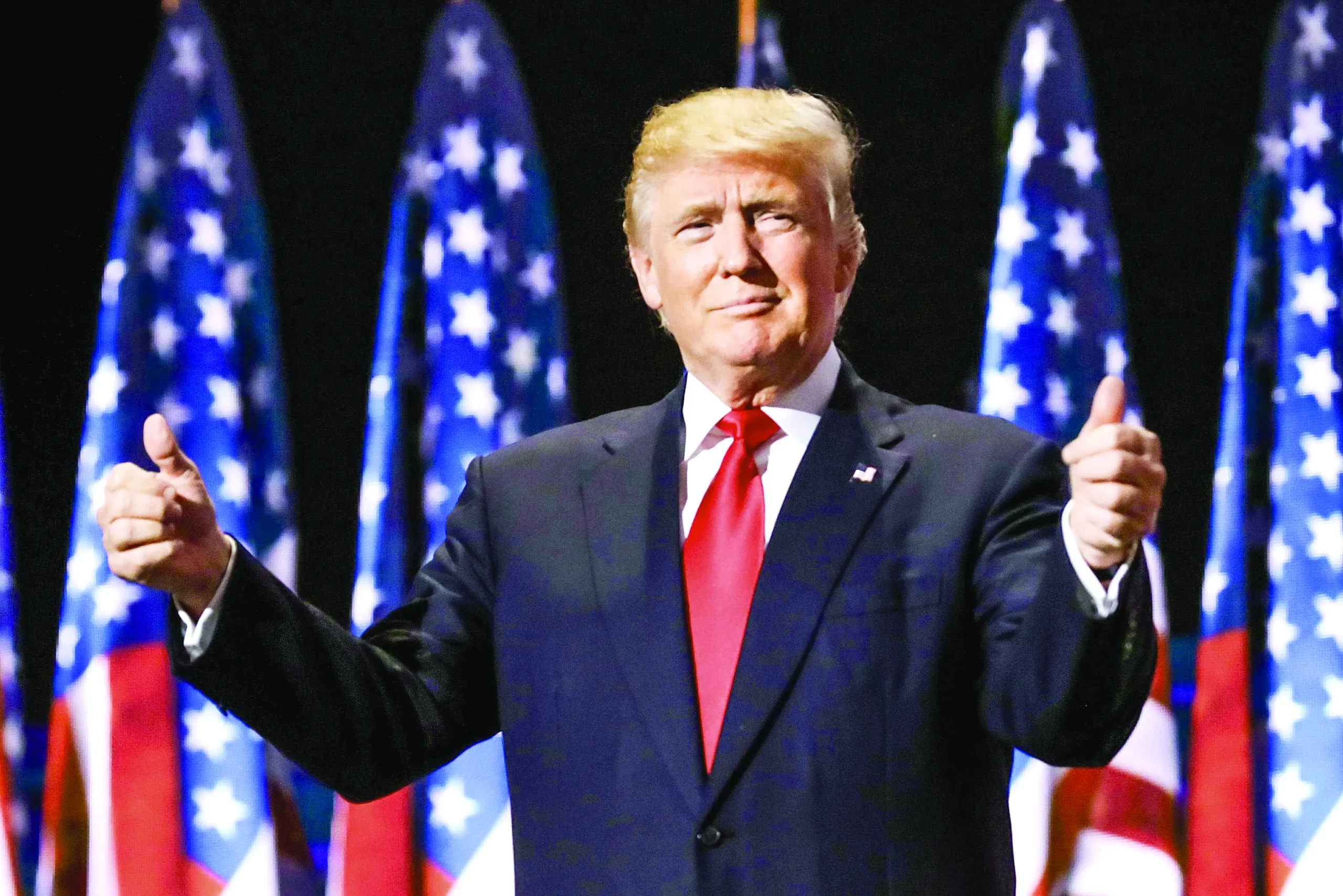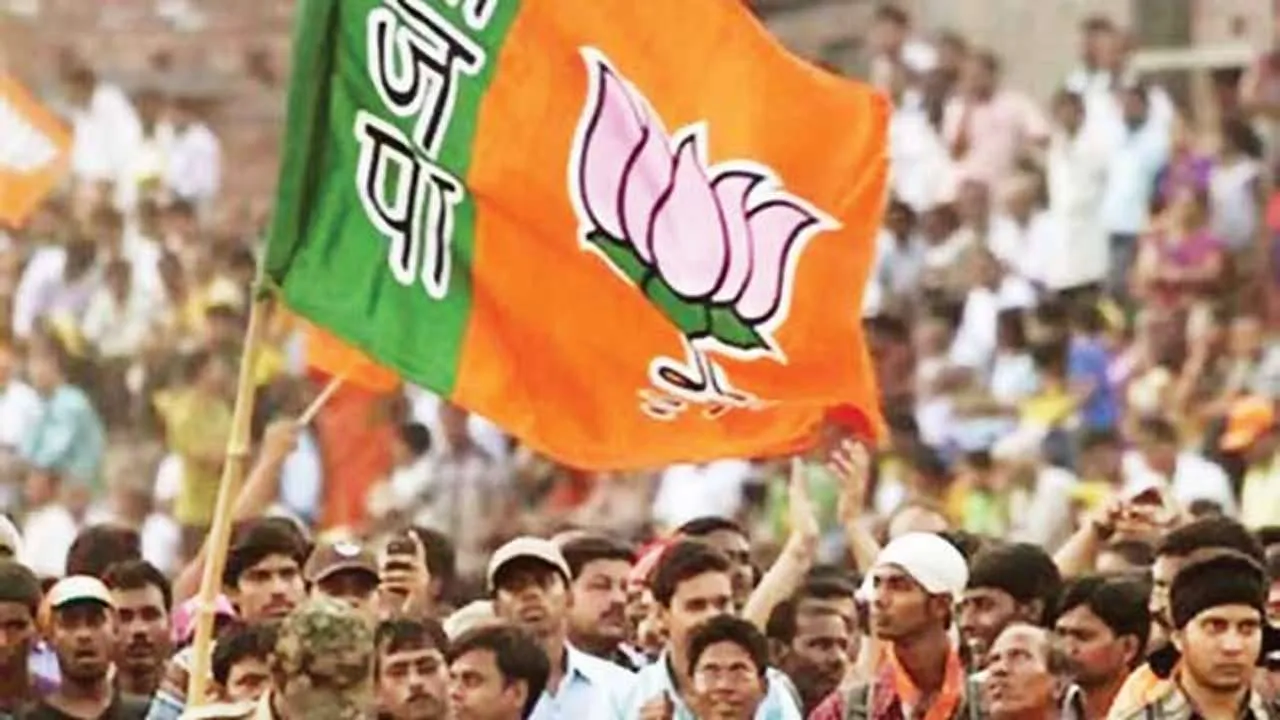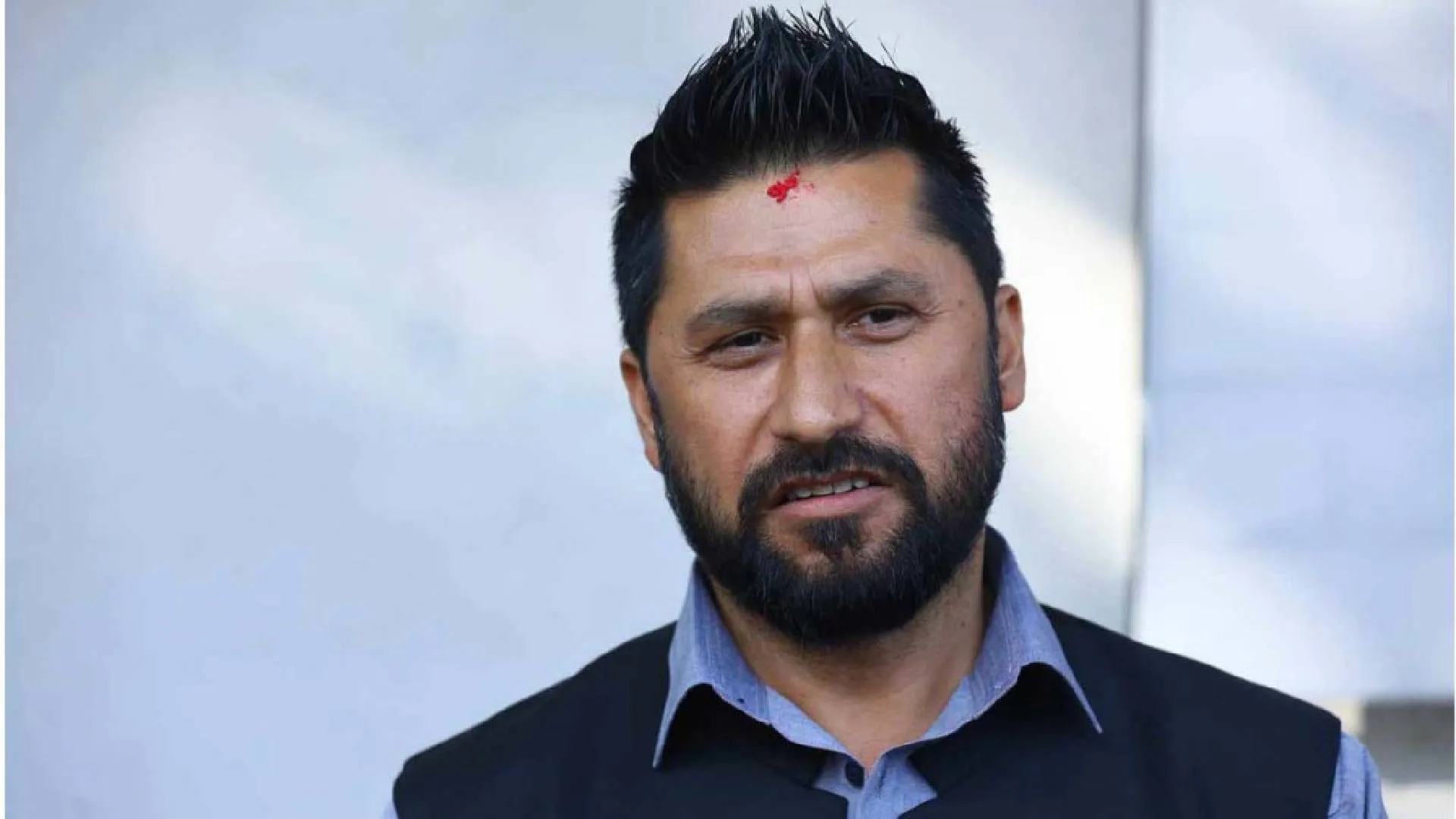A raging controversy has erupted upon some girl students reporting to their post matriculate school, referred to as pre-university college in Karnataka, wearing a Hijab for religious reasons. The School had a prescribed uniform for its students and therefore took exception to the breach of its ‘uniform’ rule. The students and their ‘advocates’ asserted back that wearing of Hijab is (an essential) part of the religious freedom they are entitled to under the Constitution, and this freedom being guaranteed by the Constitution as basic or fundamental to human dignity overrides any other restriction/ law/ rule of any authority/ institution. While the courts are likely to take a legal view as to whether wearing of hijab to schools forms an essential or integral part of the practice of religious faith of adherents of Islam; and if yes, whether the denial of the same falls within the reasonable restrictions that the state/ its agencies like schools can impose. As the legal-rational judgment of the court, the matter could go either way as there could be arguments on both sides. Whatever way it goes, there would be losers. Beyond the immediacy of the controversy, wearing of a hijab, a naqab, a skull cap, a turban or any other religiously sanctioned apparel to schools/ colleges and other shared spaces like governmental offices has seen many a conflict and even violence in different parts of the world. It would be worthwhile to scratch the issue a little deeper beneath its skin as to the issue of ‘free choice’ and ‘religious freedom’.
The arguments advanced by those advocating the right to wear any dress as per one’s volition fall into two categories. One, the choice to wear a dress, or not wear at all, lies within one’s immediate and intimate essence of being an ‘individual’, and that the others/society should have least to interfere in one’s choice of clothes, as in experiences intimate to one, thus letting the individuals live a free and unencumbered life, as long as they do not interfere or conflict with the similar or other more fundamental choices/rights of others in a Rawlsian sense. The liberal democratic world, including India, principally bows to the freedom of choice of individuals subject to reasonable restrictions and contesting expectations of others, in line with this kind of argumentation. Thus one sees all kinds of fashions and fads from nudist beaches to itsy-bitsy skimpy dresses to heavily decked ones the world over. However, the truth is that any choice about attire, language and behaviour being actually ‘free’ and ‘individualistic’ is only subjective. The group we are born into is not an act of conscious choice, yet the group defines and orients us. Such groups are usually our comfort zones and they constraint our freedom by restricting the range of opinions and ideas we can hold, limiting free choices and practices. Basing the ‘choice’ of dress on a religious text or context could be anything but free! One can argue that this phenomenon of limitation of choices vis-a-vis socialisation is true about all and everything we do. What then should be the talisman to measure up, shed or embrace certain practices? Before that, let’s take the second line of argumentation, which is also the central argument in the instant controversy.
The second line of argument takes its life from freedom to practice one’s religion and faith, and that denial of the same is a curb on religious freedom, and thus an affront to the secular-democratic-plural nature of the modern constitutions, and the world. Prima-facie, it is a circuitous/teleological argument in the sense that it tends to use the end to justify the cause. That is, it says that because the state is secular-liberal-modern it should allow religious rituals of all sorts no matter how orthodox, fundamentalist, regressive, dehumanising and disempowering they may sound. Truth is that the state and society could be said to be secular-liberal precisely because its evolutionary journey has been against such religious orthodoxy, obscurantism, unwarranted and demeaning ritualism. The argument, therefore, seems internally inconsistent and self-contradictory as there could necessarily be a corollary, whether religious considerations should override instrumentalities of secularising /liberalising/ uniforming/ progressive obligations like modern education, that are requirements of modern complex states and institutions like political states, markets, science and technology. In fact, these are the very intermediaries, instrumentalities and institutions that have contributed to the consolidation, codification and ‘monolithisation’ of the large religions, at the cost of hundreds of thousands of arguably ‘equally valid’ paganic practices and religions, due to socio-historical accidents and circumstances.
Religions, education systems, and the law themselves are ‘imagined’ social institutions. Social scientists think of such institutions as regulatory agencies channelling human actions in much the same way as instincts channel animal behaviour. In other words, institutions provide procedures through which human conduct is patterned, compelled to go, in grooves deemed desirable by society. Making these grooves appear to the individual as the only possible ones performs the trick. Religion, education, law are thus nothing but distinctive complexes of social actions and milieus. The inter-se distinction is that whereas law, modern education and science welcomes critique, and falsification and thus improvisation, religion has reservations about them. Interestingly as these institutions become monoliths like never before in history, society provides for the common (wo)man a gigantic mechanism by which she can hide from herself her own freedom. The social institution thus can be both an alibi, an instrument of alienation from one’s own freedom or aid to freedom, justice, happiness and success. Living ‘authentically’ may get farther as these institutions become larger and larger. To exist authentically is to live in full awareness of the unique, irreplaceable and incomparable quality of one›s individuality. By contrast, living ‘inauthentically’ is to lose oneself in the anonymity of the (wo)mankind, her institutions, and surrendering one›s uniqueness to the socially constituted abstractions like religion, rituals, archaic social and religious practices and getting increasingly enveloped by such institutions without ever questioning their process, content and raison d’etre. Social institutions and milieus exert different pressures on their constituencies. Some of these pressures are more conducive than others towards freedom, justice and peaceful co-existence, as per the normative value-system of these milieus. The real choice lies in choosing these social milieus. And the barometer for these choices lies in the eternal values of liberty, equality, justice, gender neutrality and freedom. One may ask if the Hijab, naqab, sati, remarriage, triple talaq, and promise of heaven are gender-neutral, liberating, freeing and just. Do they increase or decrease the drudgery, hassle and love of life for their adherents. Religions and their unquestioned / ‘un-amended’ practices have figured on the waning side, and the modern liberal education with its attendant requirements of forms and formalities like dress code, think-code have been on the waxing side across time and space. Hijab, Naqab or any other religiously or religio-culturally ordained practices like untouchability, sati or sanction against widow remarriage are not matters of free choices but religio-social imperatives and throwbacks from times antiquated that privilege ascription over achievement, man over woman, and see women hardly anything beyond an object of gratification, reproduction and household chores. They actually are blinders against free choices and are instruments of subjugation. Rightly, some of these practices have been criminalised. Education is one of the enabling intermediary institutions capable of providing means and methodology to see through the farcical nature of the rituals and practices circumscribing religions without adding any value.
If the goal of the social action, and the agenda of social institutions such action informs and constitutes, is individual and social good then it is imperative these social actions and the consequent social institutions are subjected to ‘scientific’ examination of the modern knowledge systems that we have come to acquire. Modernity sustains on criticality. That is, on questioning of everything at the altar of rationality, causality and consequentiality. Tradition and even religion have to bear this atomic examination. Without this, the edifice of modern institutions and structure is bound to fall. In a world where modern education, institutions of market, governance and even interaction are the determiners of very existence and relevance, ignoring them could be suicidal.
Maintaining, running, scaling and equally importantly critiquing such institutions require soundness of thought, criticality and indeed methodology. Unexamined/unquestioned/ orthodox dogmas would be stumbling blocks. No wonder more or less functional and irreligious ‘uniforms’ evolved in schools, factories and even in corporations, so as to reduce if not altogether negate psychological baggage of social background, and not let one’s ethnic identity /ascription interfere with the ability and potential to achieve. Let past of our ancestors not hold back the promise of our present and future, psychologically, socially and even economically, has been the message of emerging institutions of modernity, including education. Hijab, Naqab, ghoonghat, sati, and marriage decisions cannot themselves wear the veil of religious orthodoxy.
So what’s is the way forward from such unwarranted controversies, conflicts and drag on societal resources? The way forward goes through the very schools, colleges, universities, and political offices that at the moment is the epicentre of the controversy. Basic social sciences inform us that, no human thought now or historically has been immune to the ideologising influence of its social context. Religious practices and rituals wear the ideology and, maybe, defunct functionality of the times long gone. At examining the large scale historical social institutions, like religions and attendant practices, intellectuals and only intellectuals have a fighting chance to deploy reason, being methodologically trained and systemically sound in addressing socio-historical issues and problems. The ordinary masses are neither trained nor positioned to grasp things beyond their immediate context. It is therefore incumbent upon intellectuals to try addressing such problems and issues and come out with strategic points of intervention, the levers by which the structures may be changed, or maintained. Muslim intelligentsia has to come to the fore shedding off the fear of radicals
and fundamentalists alike. It’s incumbent upon the state to assess and employ the intellectuals who are in a position to intervene by virtue of their scholarship, erudition and position.
Kishan Pratap is a PhD from JNU and writes on social and political issues. The views expressed are personal.

